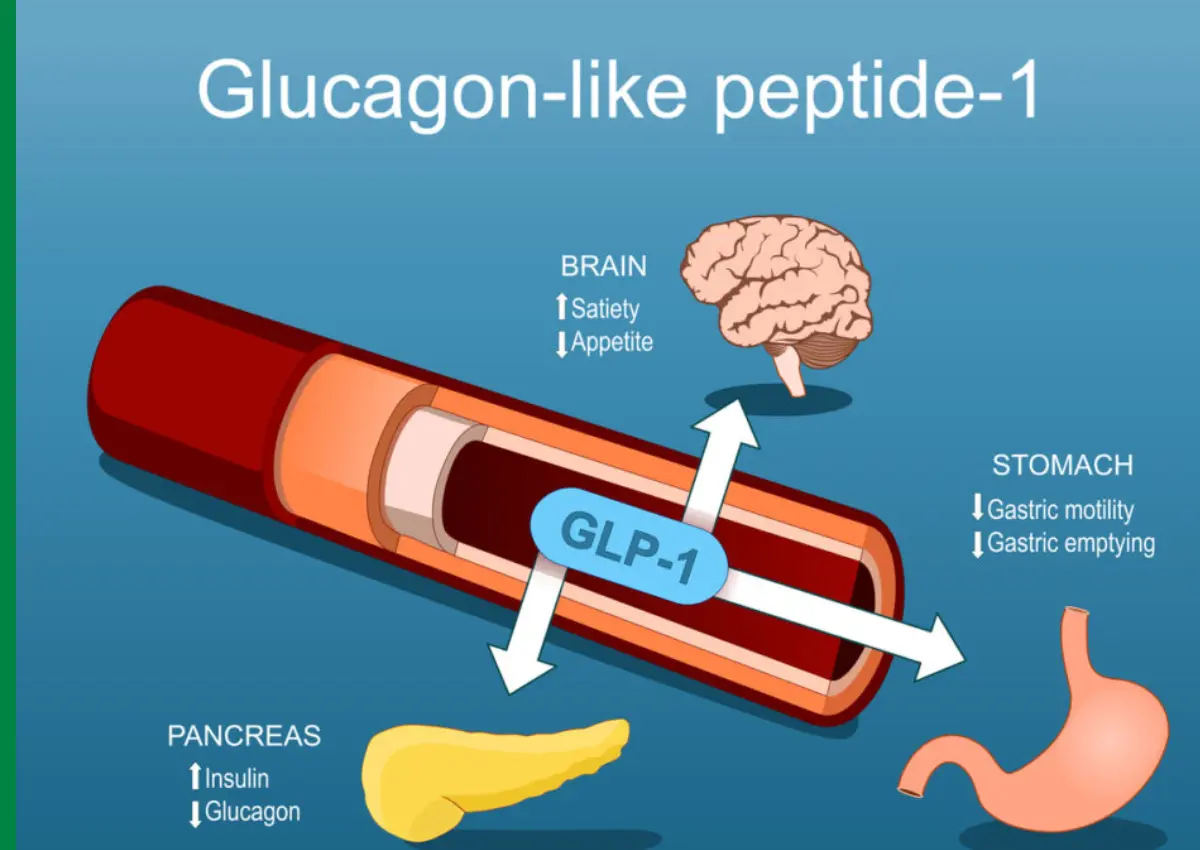The dream of a house has become a reality more clear to millions of employees in India following the recent change applied by the government in the regulations regarding Employees Provident Fund (EPF) withdrawals. These reforms, which will take place in July 2025, will be one of the greatest reforms in Indian retirement savings system especially among new home buyers who have always been faced with the problem of organizing down payments.

What Changed? The new EPF rules explained
The birth of Para 68-BD under the EPF Scheme, 1952, is considered a turning point of the Indian homebuyer. The new guideline under these amended rules allows the EPFO members to administer 90 percent of their accumulated provident fund corpus for housing expenditure within a three-year time horizon since the opening of the accounts. This is a radical change of the five year waiting period before and opens new possibilities of buying a property at a scale that has not been there before.
According to the new regulations, the savings of EPF can now be used by employees in three main ways, including making down payments on property purchase, paying the monthly EMIs as well as financing the building of a new residential structure. This flexibility deals with the most typical financial obstacles that are stopping middle-class Indians to become houseowners.
Lack of Freedom of Choice by the Previous System Homebuyers
Before these reforms, the process of housing EPF withdrawal used to be much more limited. It took five years before a member could withdraw his money after which he was only allowed to retrieve a sum that was worth 36 months of employee and employer contributions with interest or the real cost of the house-whichever was less.
Additionally, the earlier rules prohibited withdrawal if the member was already enrolled in any housing scheme, creating further complications for potential homebuyers. These limitations often forced young professionals to postpone their property purchases or seek expensive alternative financing options.
The 90% Withdrawal Advantage
The new 90% withdrawal limit is particularly significant when considering the typical EPF accumulation pattern. For instance, a software engineer earning ₹50,000 monthly would have approximately ₹4.32 lakhs in their EPF account after three years (including employer contributions and interest). Under the new rules, they could withdraw ₹3.89 lakhs, which could serve as a substantial down payment for a property worth ₹25-30 lakhs.
This calculation assumes a 12% annual contribution rate (employee and employer combined) and average interest rates. The actual withdrawal amount would depend on salary progression, interest rates, and contribution consistency.
Market Impact—Real Estate Sector Responds Positively
Industry experts are already witnessing the positive impact of these changes across major real estate markets. Abhishek Raj, founder and CEO of Jenika Ventures, describes the reform as a “game-changer for India’s housing market,” noting increased customer enthusiasm in cities like NCR, Pune, Indore, and Lucknow.
The immediate market response has been particularly noticeable in high-growth corridors such as Noida and Greater Noida. Pawan Sharma, MD of TRG Group, reports increased site visits and serious inquiries from potential buyers who previously postponed their decisions due to down payment constraints. The mid-segment and affordable housing categories are experiencing the most significant boost, as these price points align well with typical EPF corpus amounts.
Additional EPF Reforms Enhancing Financial Flexibility
The government hasn’t stopped at housing reforms. Several complementary changes are making EPF withdrawals more accessible and efficient across various life needs:
Instant Emergency Access: Starting June 2025, members can withdraw up to ₹1 lakh instantly through UPI and ATM networks for emergency situations. This feature addresses urgent financial needs without the traditional paperwork delays.
Streamlined Processing: The auto-settlement limit has increased from ₹1 lakh to ₹5 lakhs, while the claim verification process has been simplified from 27 to 18 parameters. These changes have resulted in 95% of claims being settled within 3-4 days, a significant improvement from previous processing times.
Expanded Withdrawal Categories: The reforms have also simplified withdrawal processes for education, marriage, and medical expenses, creating a more comprehensive financial support system for employees throughout their careers.
Infrastructure Development Amplifies Impact
These EPF reforms coincide with major infrastructure developments across India, creating a multiplier effect for the real estate sector. Projects like the Noida International Airport, new metro lines, and expressway networks are increasing property values and accessibility, making this an opportune time for homebuyers to enter the market.
The combination of easier EPF access and improving infrastructure represents what industry experts call a “golden opportunity” for both investors and first-time homebuyers. Properties in developing corridors are likely to appreciate significantly as connectivity improves, potentially offering buyers both immediate utility and long-term investment returns.
Important Considerations—Balancing Present Needs with Future Security
While these reforms offer significant advantages, financial experts emphasize the importance of careful consideration before withdrawing EPF funds. The provident fund serves as a crucial retirement corpus, and early withdrawals can impact long-term financial security.
The key is finding the right balance between immediate homeownership goals and retirement planning. Industry advisors recommend that potential withdrawers should ensure they have alternative retirement savings mechanisms in place, such as voluntary PF contributions, mutual fund SIPs, or other investment instruments.
Additionally, since housing-related EPF withdrawal is permitted only once in a lifetime, members should carefully evaluate their property choices and ensure they’re making well-informed decisions that align with their long-term housing needs.
Final thoughts
The new EPF reforms are a significant step in the government initiative of the Housing for All vision because of reducing the burden of the down payment on homebuyers. Stabilization of the property prices, lower interest rates and better access to the EPF funds, make the changes a solid platform to further boost the real estate activity especially in the affordable and mid-range segment. This change makes purchasing a dream house as something close and feasible to first-time buyers, as long as they are ready to accept wise money management.



